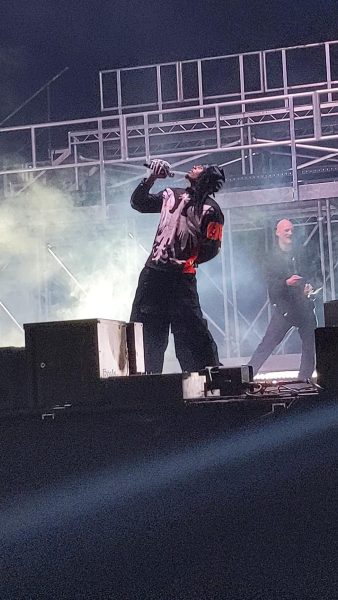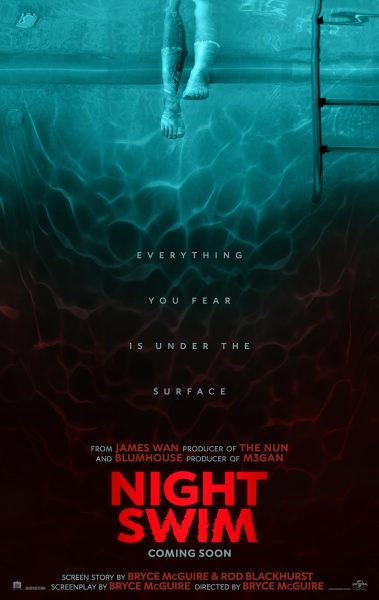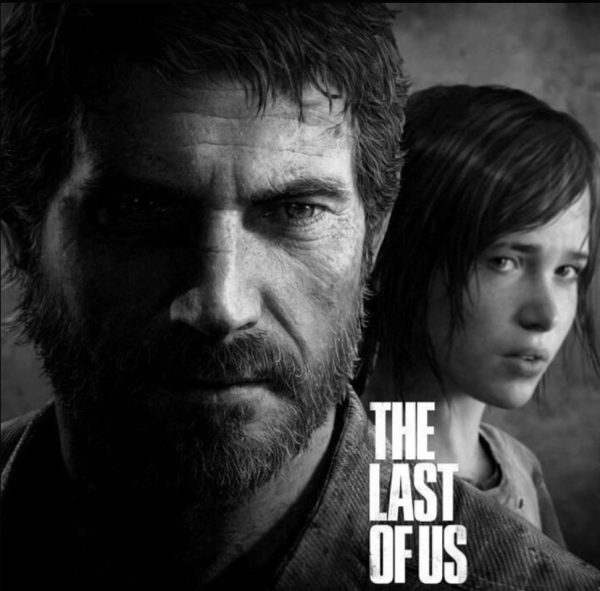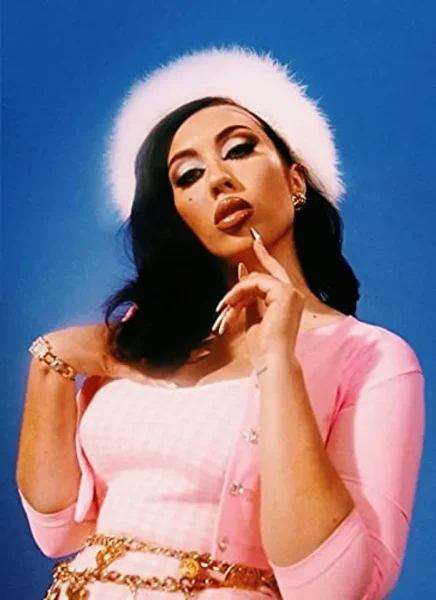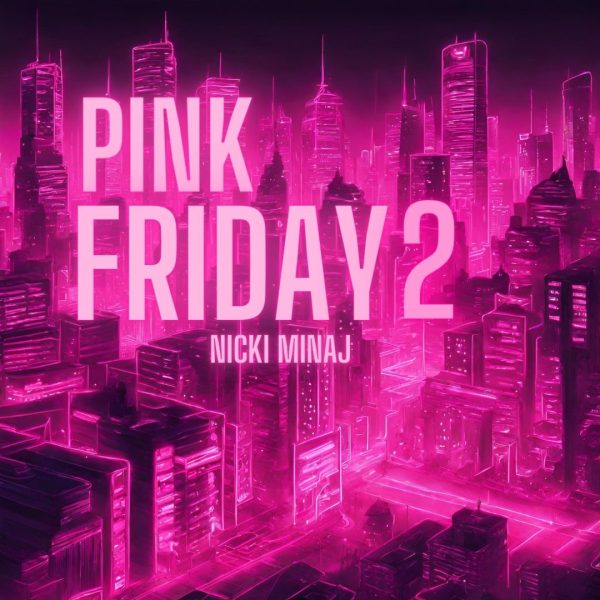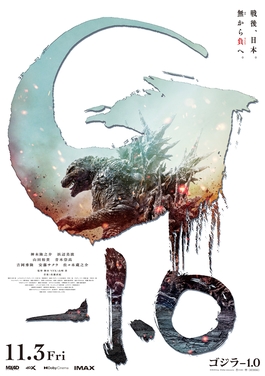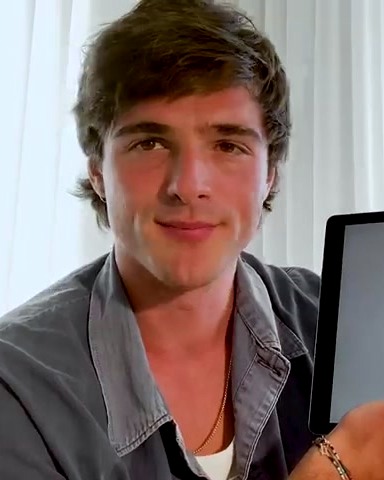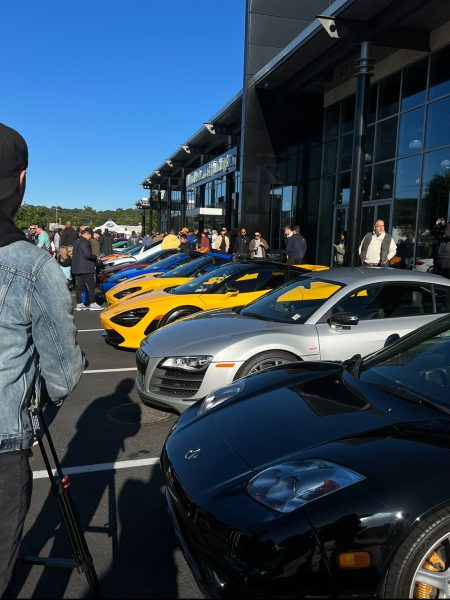How “The Hate U Give” Defines a Politically Woke Generation
The story of a young black girl awakens her inner activist and inspires us all.

Amanda Stenberg recreates the book cover of The Hate U Give.
January 14, 2019
Tupac Shakur developed the acronym THUG LIFE (The Hate U Give Little Infants…Everybody) to portray how negativity in a young child’s life can affect their future, and subsequently, the fate of society. In the film The Hate U Give, based on the book by the same name from author Angie Thomas, director George Tillman Jr. captures the internal and external struggles of a young black girl after she witnesses the death of her friend, Khalil, by a police officer. In the events that transpire leading up to her testimony in the trial for justice, she transforms her pain and anger into activism.
Starr Carter, played by Amandla Stenberg, lives a complicated double-life, shifting personalities as she moves between her hometown and the private school she attends in a different neighborhood. Garden Heights is where her roots are, but due to the community’s reputation as a lower-income and crime-affiliated town, her parents decide to place her at Williamson Prep, a predominantly white school with a more affluent student population.
Starr quickly realizes the double standard placed on her at school, where black slang is used casually by white students, but where she must avoid using the same verbiage so as not to appear “ghetto.” Therefore, she proceeds with caution in terms of how she acts and speaks with the students at school, knowing that she could very easily be categorized as “other” if she behaves the way she normally would around her family. She keeps her school life completely separate from her home life, which also includes keeping her relationship with a white boy a secret from her over-protective father.
The traumatic shooting and death of Khalil causes characters to convey their diverse perspectives on how they perceive the incident, based on their age, race, and even occupation. From Starr’s point of view as a friend of the victim and sole witness of the shooting, the reader is able to experience first-hand the extremely emotional journey Starr embarks upon. Starr’s uncle, who happens to be a black police officer (played by actor and rapper Common), understands the injustice that took Kalil’s life; but abiding by his blue uniform, he attempts to defend the officer. He points out to Starr that an officer must prepare for the worst possible scenario when interacting with a suspicious civilian. His slight defense of the opposing side shows how one’s judgement of those closest to them can change in a split second.
When news reaches her high school, students hypocritically respond by resorting to using the shooting as a way to skip class and avoid exams. They rally outside their school with #BlackLivesMatter and “Justice for Khalil” posters to show their supposed “support for the cause.” Starr’s reaction to their pretense highlights the frustration that many people feel when a cause is undermined by false support.
Racism is undoubtedly the underlying theme of this thought-provoking film, whose messages are highly relevant to not just society as a whole, but more specifically to high school students. As we have seen with movements like #MeToo and #BlackLivesMatter, the roots of hatred stem from a lack of understanding and inclusivity. When kids grow up being misunderstood at school or at home, they build up anger against the unjust practices that dictate their social-lives. This includes spiking rates of hate crimes, drug and alcohol abuse, discrimination and most especially, a pandemic of school shootings.There may not be a simple solution to this epidemic, but hearing stories from complex perspectives like Starr’s and engaging in dialogue about these ongoing problems may be a good place to start.



